Archive

Co-Optex Pola
The Pola, loaded with history and a certain narrow social significance, is here taken completely out of its context and proposed as an independent cuff bracelet of a light and lovely kind, albeit o...

View more
Muga

View more
The KajalLata Ratan-Choor (with a secret)
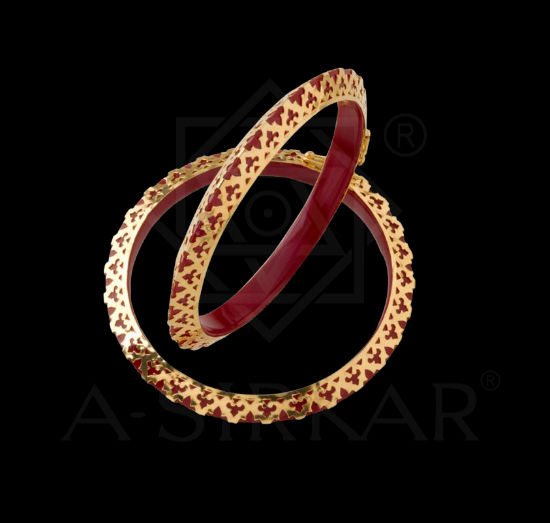
View more
Fleur-de-lis Pola'r Kankan
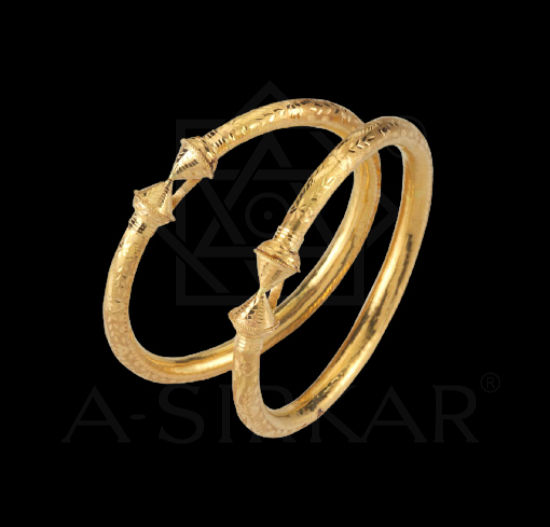
View more
Murano Mirror Bala
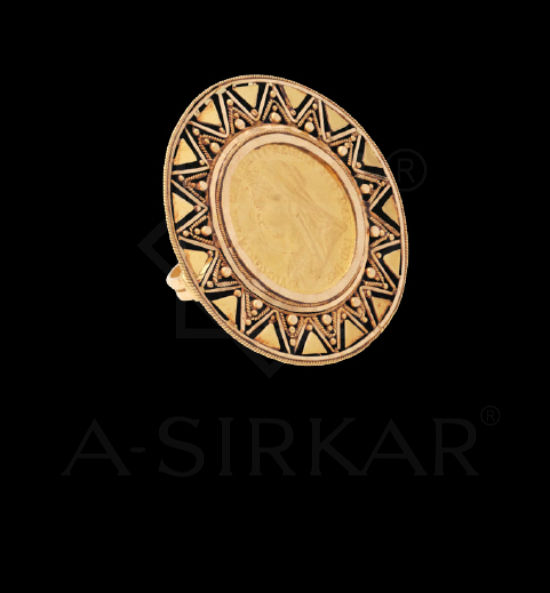
View more
The Gynarchic ‘Guinea’ Ring
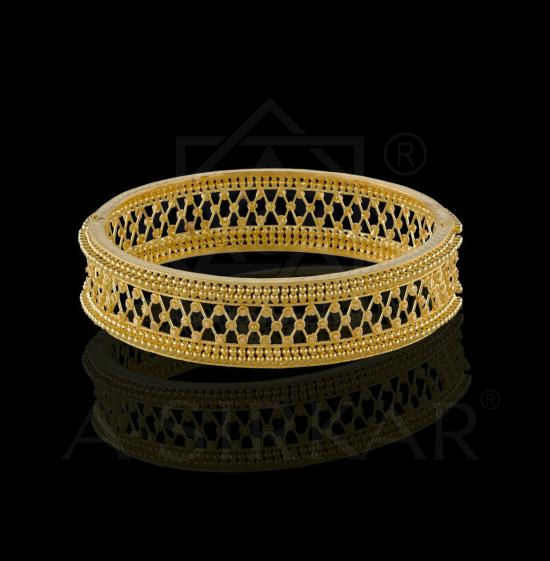
View more
Leadlight Choor
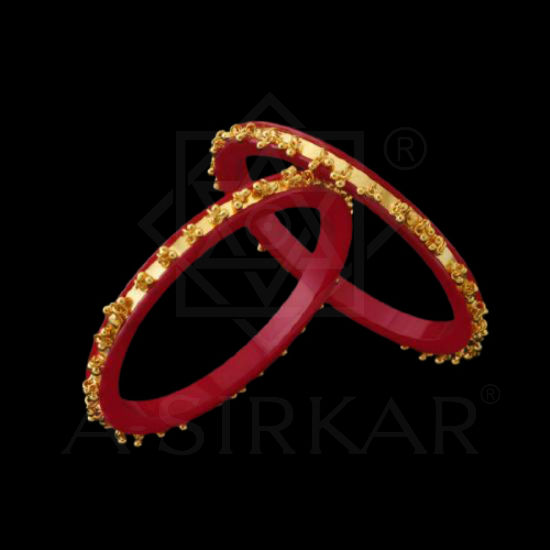
View more
Soubhagya Chooris

View more
Ekjot Kankan
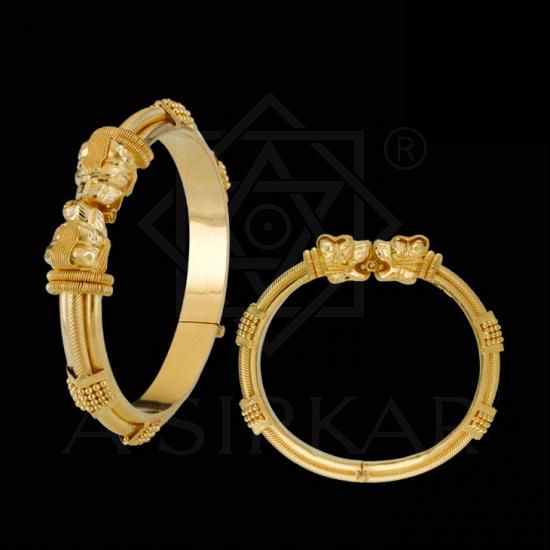
View more
Kesari Kadga

View more
Co-Optex Pola

View more
Shikarghar Bala

View more
Ghoroa Lichu-Kata Naksha Bala

View more
Riya
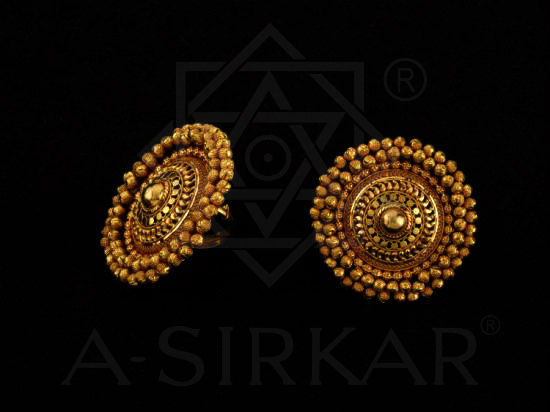
View more
The Ring of Secret Desire

View more
Mahira

View more
PurnaPriya Choor

View more
Cosmos Bouti
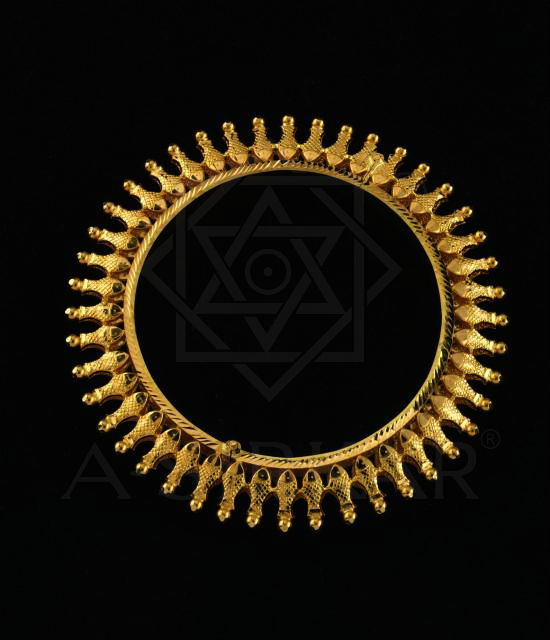
View more
Radiant Rui Kankan
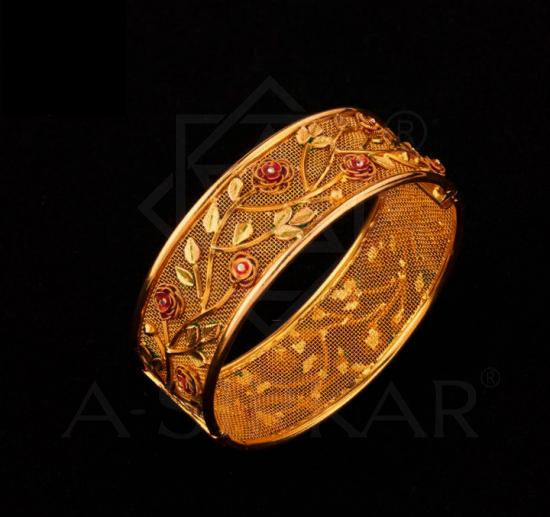
View more
Sharoni
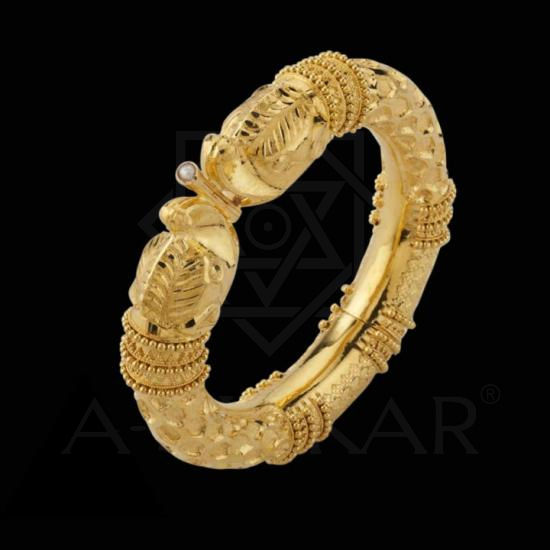
View more
The Galle Face Hotel

View more
Suna Medho Bala

View more
Nirmala

View more
Madhukathi Masland Choor

View more
Tal-Jhanjri Haatey-Kata Benki Chooris

View more
Padmavati Mantasha

View more
Gargi Choori

View more
Powerful Projapoti Kankan

View more
Gungridaar Grelot Bangri

View more
Jagannath Bala
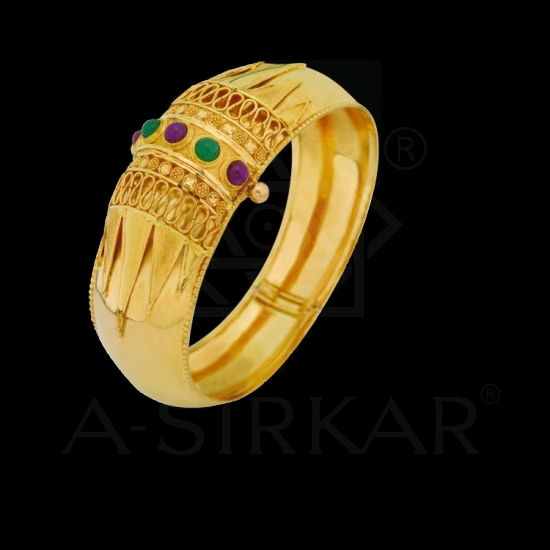
View more
Masulipatam Cuff Bracelet

View more
Chena-Achena Mantasha

View more
Garol-Phul Bala

View more
Golap Phul Pata Choor

View more
Wine & cheese Noa

View more
Harilal Er Ball Panch Bala

View more
Gayatri Bouti

View more
Dhua Ruli

View more
Dhaaner Sheesh Bala

View more